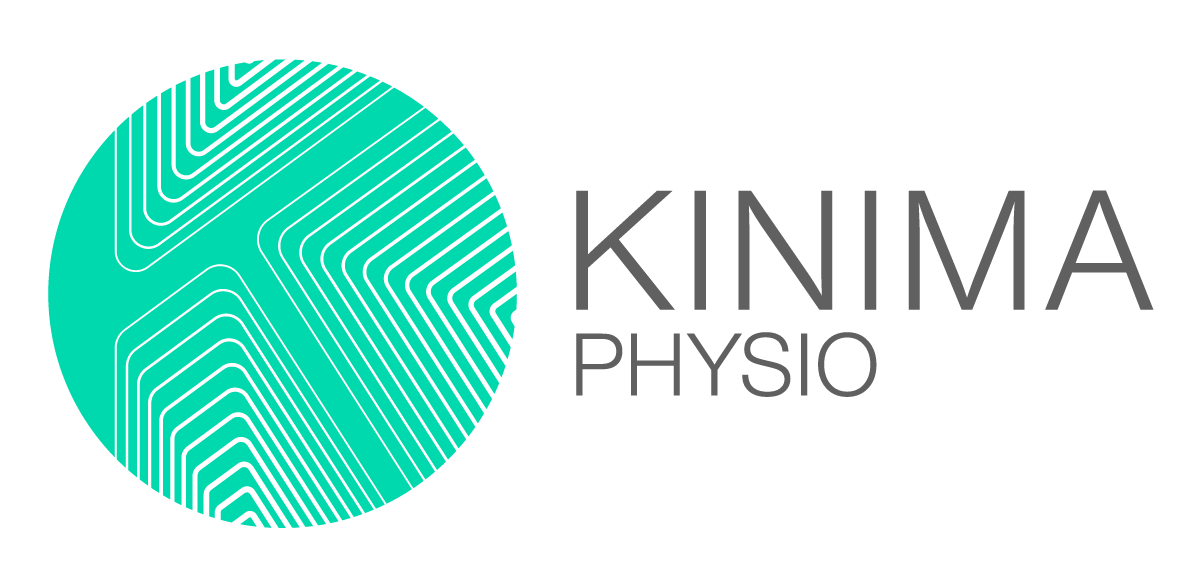Shoulder Physiotherapy
Physio for Shoulder Pain
Shoulder pain can be frustrating. It often appears during simple movements like reaching overhead, scratching your back, lifting objects, or doing exercise such as push-ups. For many people, symptoms seem to appear suddenly, even without a clear injury.
The shoulder is a highly mobile joint made up of muscles, tendons, ligaments, cartilage, and the joint capsule. When these structures become irritated, overloaded, or injured, pain can occur with both everyday tasks and more demanding activities.
Common Causes of Shoulder Pain
Shoulder pain can come from a variety of structures, including:
Rotator cuff and biceps tendons – may become irritated with increased training loads, repetitive movements, or falls. Pain may relate to tendinopathy or, in some cases, a tear.
AC joint – the joint between the collarbone and the acromion. Often affected after a fall directly onto the shoulder, such as during sport or a bike incident.
Labrum – the cartilage-like ring inside the shoulder socket. Irritation or tears may arise from trauma (such as a dislocation) or gradual change over time.
Fractures of the humerus, clavicle, or scapula – usually associated with significant trauma such as falls or accidents.
Frozen shoulder – inflammation and thickening of the joint capsule, leading to pain and stiffness with many movements.
Referred pain from the neck – neck joint or muscular irritation can sometimes mimic shoulder symptoms.
How Physiotherapy Can Help
Physiotherapists are trained to assess the shoulder thoroughly. During your appointment, we:
Explore what may be contributing to your symptoms
Assess your strength, range of motion, and functional movements
Discuss your goals and activity demands
Develop a clear, individualised management plan
We also guide you on which activities are suitable to continue, which may need modifying temporarily, and how to manage load appropriately while you recover.
Treatment Options for Shoulder Pain
Your physiotherapist may use a combination of:
Manual therapy, including massage, trigger point techniques, and joint mobilisations
Acute pain management strategies
Mobility and motor control exercises
Strengthening programs (with options to begin gently if needed)
Exercise rehabilitation and Pilates
Load and activity modification
Technique assessment for gym or overhead movements
Taping
Referral for imaging or medical review when appropriate
Understanding your diagnosis and having a structured plan helps set clear expectations around recovery and progress.
Need Help With Shoulder Pain?
Book a comprehensive shoulder assessment with one of our physiotherapists. We’ll guide you through an individualised treatment plan to support your movement and help you return to the activities that matter to you.


